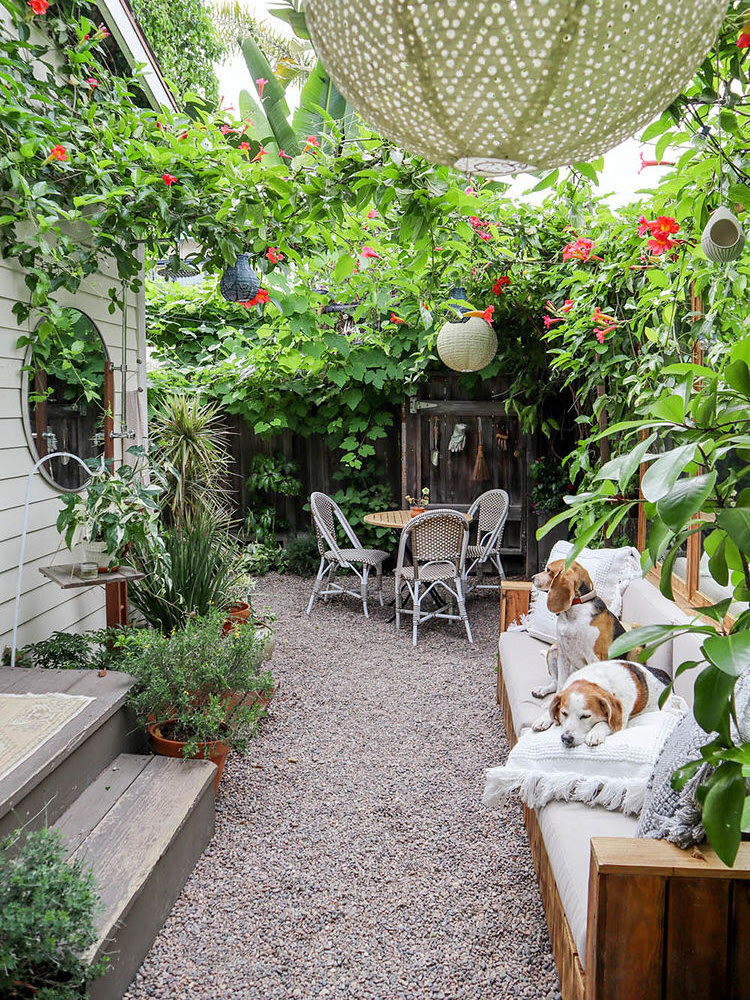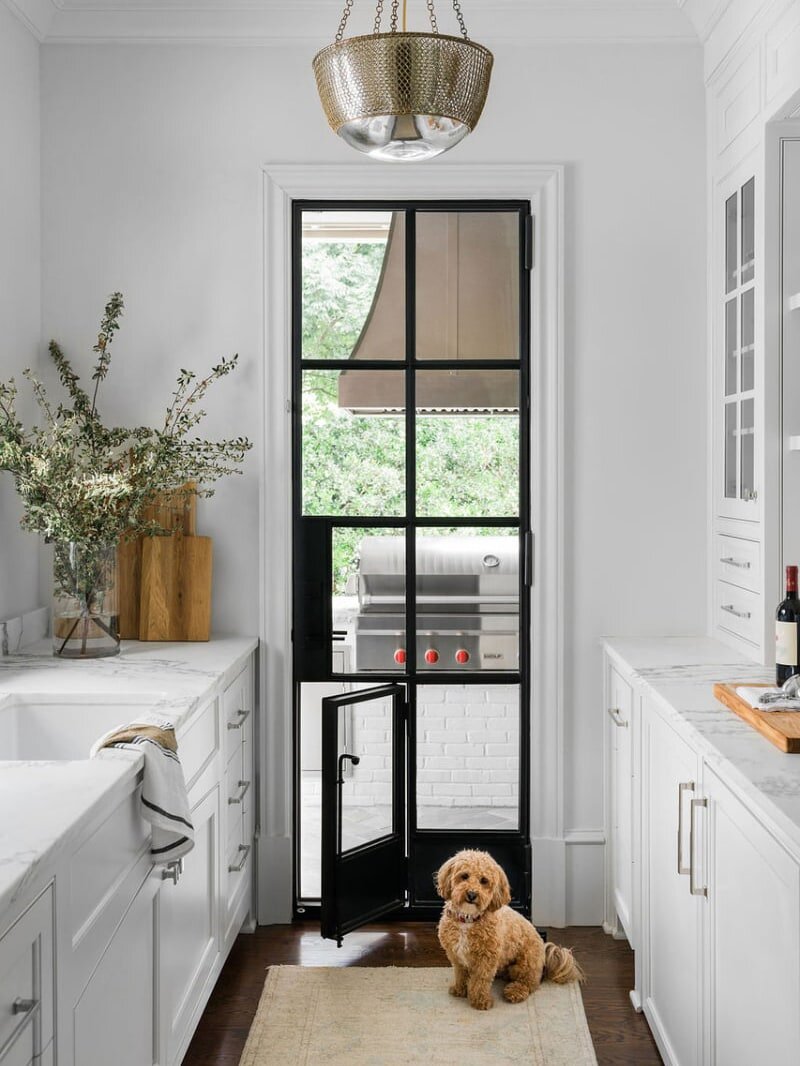Worried your contractor might not be legit? Here are the tactics scammers use to cheat unsuspecting homeowners out of their money.
We all want to live in beautiful surroundings that evoke feelings of peace and serenity. After so much time stuck in our houses and apartments, many of us have never been more aware of the things we need (and want) to transform and renovate our personal spaces.
While there are thousands of honest and professional contractors willing to take our nests to the next level, there are also people ready to rip us off. Unfortunately, countless homeowners fall victim to scammers every year, notes the Better Business Bureau’s 2020 Scam Tracker Risk Report, which ranks home repair scams in its top five most reported rip-offs in the U.S. and Canada.
It’s important to recognize the signs of a home improvement scam before demo day wrecks your bathroom and budget, says Danny Lipford, host of the nationally-syndicated Today’s Homeowner TV and radio shows. How can you tell the difference between a trustworthy contractor and a sneaky scammer? Lipford and others say to watch for these red flags:
THEY SHOW UP AT YOUR DOOR UNINVITED SAYING THEY WERE “IN THE AREA”
Typically, contractors with good track records don’t make cold calls. They don’t need to. If someone shows up at your door, especially in the days after severe weather damaged dozens of homes in your neighborhood, be very suspicious. Take their card, if they have one, and let them know you will check their references before getting back to them.
THEY TRY TO PRESSURE YOU TO MAKE A DECISION ON THE SPOT
Most good contractors are so busy they are not able to start right away, and encourage you to take your time to make a decision on the scope of work to be performed. Steer clear of someone who tries to pressure you to give them an immediate answer.
THEY DEMAND PAYMENT UP FRONT, OR ONLY ACCEPT CASH
You should never pay the full amount for a project before the work is done. In fact, some states limit the amount of money a contractor can ask for as a down payment. Contact your state or local consumer agency to find out the law in your area. You should also never make the final payment until the work is done to your satisfaction.
THEY USE SHODDY MATERIALS NOT IN YOUR ORIGINAL AGREEMENT
Some shady contractors will try to slip subpar materials into a project that were not called for in the contract, says Lipford, noting that scam artists may use 3/8-inch plywood where the contract calls for 5/8-inch, or a 2-inch layer of gravel instead of the specified 4-inch layer. Then, they pocket the savings gained from using the cheaper materials.
THEY WANT TO USE MATERIALS ‘LEFT OVER’ FROM OTHER JOBS
This questionable practice should raise red flags immediately. You don’t want to go near materials that “fell off a truck,” meaning they were stolen or purchased by less than reputable means. Using such materials also means you won’t have a warranty or any recourse if the products don’t hold up to normal wear and tear.
THEY CAN’T PRODUCE PROOF OF A LICENSE OR INSURANCE
No matter how hard it might be to get a contractor to show up and perform work at your home, you absolutely don’t want someone who isn’t licensed and bonded. If the contractor can’t show you his license or proof of insurance, show them the door.
THEY OFFER AN ESTIMATE FAR LOWER THAN THE REST
Be wary when a bid comes in far below several others. For example, when you get three bids and two of them are in the $5,000 range and the other is $3,200, Lipford says, the low-bidding contractor either is clueless or never intends to finish the work. Another scam is to bid low and then charge a homeowner extra for materials that should have been in the original contract.
HOW TO MAKE SURE YOUR CONTRACTOR IS ON THE UP-AND-UP
Word of mouth is a great way to get a contractor who’s trustworthy. Ask your friends for references and check with your local home builders association for any complaints against your potential contractor. Always get multiple estimates before making a final decision. Ask for newer and older references from contractors, suggests the Federal Trade Commission, so you can find out if work a contractor did a few years back is still holding up. And even if your state doesn’t require a written agreement for the work to be performed, ask for one anyway.
Another way to protect yourself during a home renovation, says Lipford, is to keep daily notes outlining progress and problems. It’s also a good idea to take pictures of the job at various stages. That way, when the walls are closed up, there’s no confusion about whether insulation was added or the wiring was updated to meet new construction codes. If you have fallen victim to a scammer, file a report with the Better Business Bureau, your local building inspector and the state attorney general’s office where you live.
Read more like this on Her Money.
Related Links
7 Home Office Trends That Are Outdated, According to Designers
Landlords are ditching their rental properties and cashing out
If there is a home that you would like more information about, if you are considering selling a property, or if you have questions about the housing market in your neighborhood, please reach out. We’re here to help.









